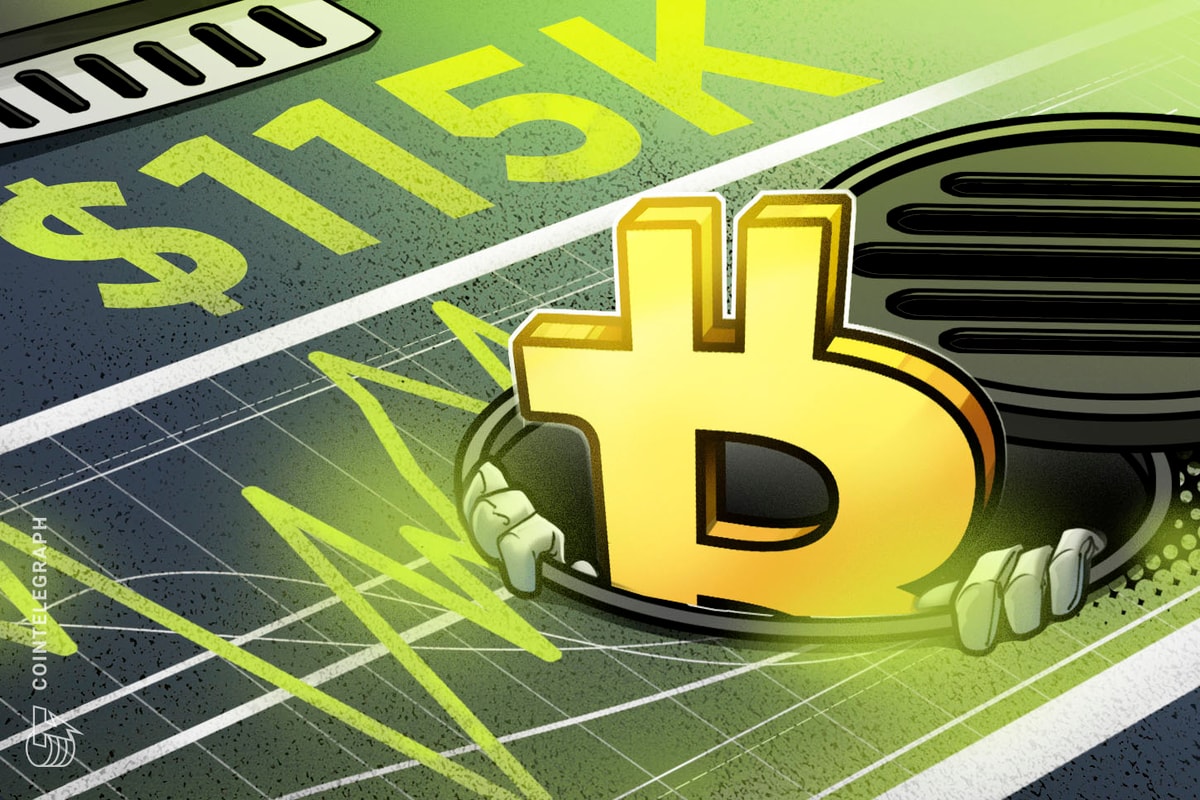Highlights:
- Tether becomes the owner of the 7th largest BTC holding address after making its largest purchase of 8,888 BTC. This is evidence that most of the passive proceeds from Tether’s assets are turning into BTC inflows.
- After the launch of US-based ETFs in January, the UK’s Financial Conduct Authority followed suit and approved Bitcoin ETNs to be traded on the London Stock Exchange. The products will launch on May 28, but are only open to retail investors.
- After a lawsuit brought by the open patent alliance, a UK judge ruled that Craig Wright is not Bitcoin creator Satoshi Nakamoto. In response to the court’s decision, the price of Wright’s Bitcoin fork BSV briefly plummeted by 60%.
Forecast:
The key determinants of Bitcoin’s trajectory in the coming month will remain ETF inflows and the return of retail investors. Bitcoin’s supply will remain highly illiquid as long as the demand from ETF issuers and other institutions remains large enough to absorb transitory sources of selling.
Sentiment:
BTC has entered a period of consolidation after repeatedly failing to break the $73k level. The aggregate altcoin market has been moving in lock-step with BTC and will likely continue to do so into the subsidy halving this month.
Analysis:
BTC closed out March up 17% and thus posted the first seven-month-long streak of gains in its history. Apart from deviations due to incoming macroeconomic data, Bitcoin’s price changes remained tightly correlated with inflows and outflows from US spot Bitcoin ETFs (Figure 1). Strong outflows from GBTC this month can be connected to sell-offs from various Bankruptcy estates, which we anticipated in the previous edition. GBTC’s AUM thus decreased from 421k BTC to 330k BTC in March. The US government also remains a source of potential sell pressure. The DOJ seems to be preparing another sale of BTC seized from James Zhong and moved 30,174 BTC to a new wallet for this purpose. As the demand for ETF products has weakened, such sales could suppress price action for several weeks. However, as long as the strong on-chain fundamentals discussed in last month’s edition remain in place, this is expected to be transitory.

While BTC seemed largely unaffected by interest rate decisions for the last two quarters, the latest FOMC press conference on March 20 elicited a strong reaction and briefly sent the price up by 12%, notably in spite of ETF outflows. While the interest rate decision itself was in line with the market’s expectations, Jerome Powell made statements that put the Fed’s willingness to swiftly bring inflation back to 2% into question. However, sentiment around rates has since reversed after comments from other Fed officials, an oil price rally, and strong manufacturing data. Bitcoin reacted accordingly with a strong correction after the Easter holidays that flushed out accumulated open interest.
On aggregate, Bitcoin has delivered similar returns to the aggregate altcoin market, as Bitcoin dominance consolidated in a narrow range between 53% and 54% (Figure 2). This marks a shift from how the metric behaved between Q4 of 2023 and February 2024, when it was unusually volatile by historic standards and experienced several ‘fake breakdowns’, driven by speculation around an impending altcoin season. For now the market seems to remain in a transitional phase, where the altcoin market matches the performance of BTC on average.












